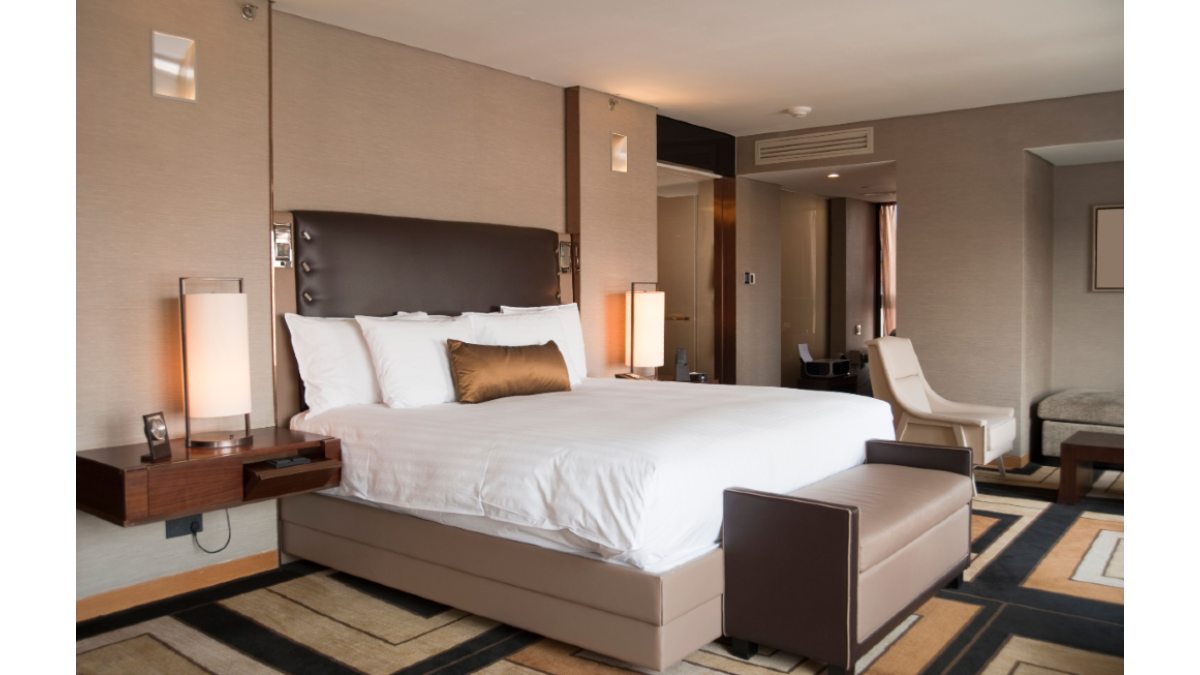HVAC systems for hotels, in addition to delivering comfort according to demand and preference of each guest, today have the requirement to adapt to architecture without disadvantage it, but above all to be energy sustainable.
By Iris Montoya Ricaurte
The use of air conditioning systems is crucial in the hotel industry, as its service offer is inclined towards customer satisfaction, in which experiences
positive and well-being make this business model consolidate successfully. Hence, climate comfort is one of the mandatory factors on your checklist.
Now, HVAC devices have a strong call to be energy efficient. As expressed in the World Travel and Tourism Council's (WTTC) report "Critical Factors To Attract Hotel Investment", destinations with a clear commitment and plan to achieve net-zero emissions, as well as those that take a holistic approach integrating socio-economic and environmental elements, will be at the forefront of attracting investment. Well, sustainability and inclusion are central factors, to achieve greater resilience and competitiveness.
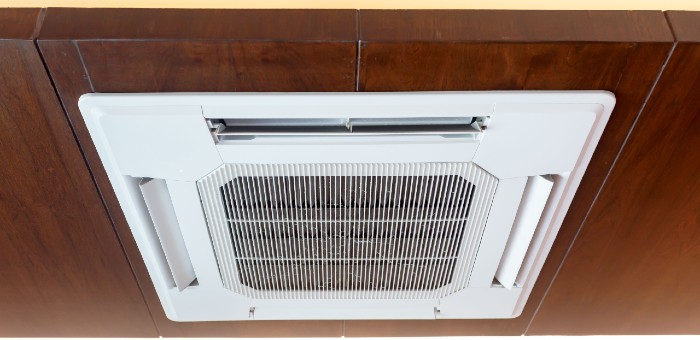
But there is also a demand for profitability in the operation they offer. As stated in the research "State of the art on the main consumption indicators in the Hotel Sector" (2020) of the Simón Bolívar University, more than 50% of the general expenditure of hotels is taken by energy consumption, and air conditioning is part of the main sources of consumption. In this regard, the Interact brand asserts that "heating, air conditioning and lighting usually account for more than 60% of a hotel's energy consumption".
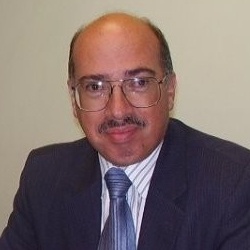
Fabio Clavijo, specialist engineer, consultant and advisor of air treatment and energy management projects, indicated that other challenges are associated with "thermal comfort, acoustic, indoor air quality, hygiene and health for occupants, operational and technical support personnel".
In relation to that, the presence of HVAC devices must hardly be noticeable, so they must be located in areas away from guests, but with convenient access for maintenance personnel. As well as guaranteeing the use of adequate filters, a requirement that has come into greater force as an extended consequence of the pandemic.
For his part, Juan Gustavo Mahecha, university professor and founder of JGM Ingenieros Consultores in Colombia, said that, in the case of Latin America, the Ashrae standards are those that govern the panorama. Being the 62.1 standard on indoor air quality, together with the 90.1 energy efficiency standard, the main guidelines for design.
"The type of equipment to be implemented will always depend on the extension and architectural distribution of the space, whether it is a hotel in towers or extended surface."

Of these particularities that influence the final selection, Juan said that "the use of condensation systems by water or ice water continues to prevail, due to their efficiency and better management of relative humidity."
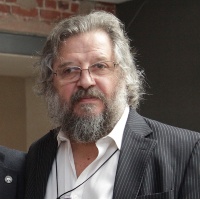
Meanwhile, Carlos Grinberg, President of the Argentine Chapter of Ashrae and general coordinator of Estudio Grinberg Ingenieros Consultores, stressed that "the pandemic made hotels pay special attention to filtering and air exchange in common areas, where there is more traffic of people and the risk of contagion of viruses by proximity is much higher".
So in those places the air conditioning systems have seen increased the quantity and frequency of outdoor air renewal, as well as improvement in the quality of the type of filter. "These are issues that were previously on the agenda, but they were not fundamental to the design of hotels," Grinberg said.
So, for an HVAC system to respond to the demands of the hospitality market, whose ultimate purpose, as stated by engineer Clavijo, is "to produce better service and comfort for guests in the most efficient and measurable way over time", the custom design of the air conditioning solution must be taken into account. the guarantee of indoor air quality, added to a "complete psychrometric analysis in the design stage, which allows regulating and balancing all energy costs", an indispensable requirement according to Mahecha.
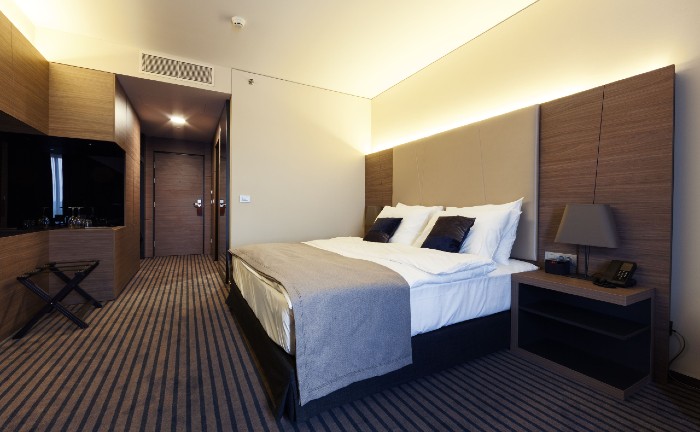
Hotel HVAC System Design Details
Mauricio Romero, director of mechanical engineering at Sinergia Ingeniería in Costa Rica, explained that eight steps need to be followed. Namely: the study of the design standards of the hotel chain; the study of the mandatory regulations applicable to the project; calculation of thermal load; preliminary energy simulation; the definition of the technology to be used; selection of equipment; interdisciplinary coordination in plans and construction documents; Finally, the start-up.

Mauricio also commented from his experience, that in this type of projects when they are in the tropics and it is imperative "to maintain 55% to 60% of RH throughout a whole year, it becomes a very delicate issue and requires yes or yes humidity control technology. In many countries in the region there is no regulation in this regard and this can put barriers, both technical and economic."
"A good HVAC design depends largely on a good thermal load calculation. Optimizing and deciding between one system or another is not something that applies to all hotel projects, there are many factors that make each project unique, so it must be analyzed promptly. In that sense, energy simulation is an important tool, since it combines the technical and economic topic in a single study."
Likewise, Fabio Clavijo, pointed out that there is no single formula. "Each case deserves and requires detailed engineering and architectural studies, combined and harmonized from the early stages of design. This study will reveal solutions according to the particular characteristics of each project."
Inevitable in this design
Mahecha said that to achieve the best operating conditions it is recommended to make use of certain current technologies, "such as enthalpic wheels, heat recovery units and the use of DOAS. With this, a conditioning of the outside air is achieved before being introduced to the rooms, for the purposes of air quality, making a pre-drying that helps maintain optimal conditions of relative humidity in the hotel. "
"You have to be careful precisely with the high humidity in hotels in Latin America, because of the wear and tear it generates on the furniture. One of the ways of managing this is cooling the air, in doing so we need to increase the cooling thermal load, so there we have to find a balance with the Ahsrae standard 90.1 (energy efficiency), so that we do not have to overheat the air afterwards. "
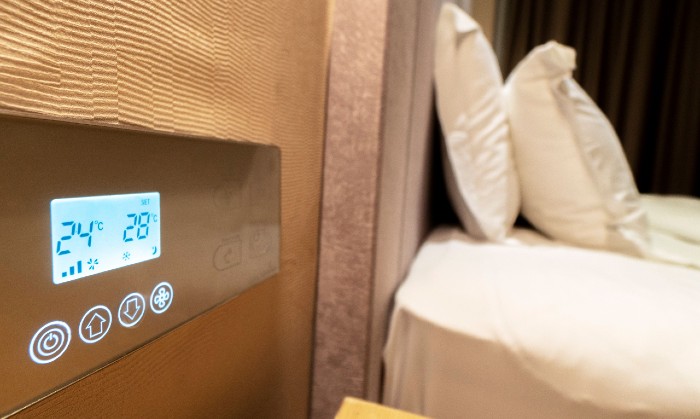
Another peculiarity to consider is that "hospitality is one of the few applications where air conditioning and water heating systems always coexist. The former are back-to-side heat transfer systems, with rejection heat present, on the other hand, the latter are primary consumers of heat or energy, in any of its forms. So any heat recovery technology (renewable sources or rejection heat) should be studied yes or yes, as part of the design stage of the project," Romero suggested.
For his part, Grinberg says that it is important "to have a versatile system that allows you to have a summer and winter system to meet the needs of different customers, a good air renewal and finally have special facilities for spaces such as indoor pools. The hotel is a world of experiences and you should try to adjust based on the solution you're designing."
Challenges of modernizing systems
But what happens when it's not a new hotel? What does a professional face when assuming a design designed to modernize existing HVAC systems? In the words of Mauricio, this implies several challenges, since it is necessary to deal with factors such as the technical level of the maintenance and operation departments, that is, the lack of training, technical documentation and updating in these areas.
It must also face the high cost of energy, in addition to the technical level of design and construction professionals, which in many countries is not required. In other difficulties, the engineer explained that sometimes it is complex to find the "right timing between the moment for the technical implementation and the possible window according to the occupation of the hotel".
For his part, for Clavijo the biggest challenge to reach the modernization of these spaces is mental and training. "There will be no room to address new approaches, solutions and technologies without an HVAC advisor to inform and document the new technologies and opportunities that are available." In contrast, he affirms that the future of the hotel service is based on sustainable and environmentally friendly facilities, and indicates that in the changes are the great opportunities for savings and improvement of operation.
Mahecha said, in terms of modernization in terms of environmental goals, that "to achieve that sustainability and that goal of Net Zero in energy consumption, alternative sources must be sought. But in general terms we continue to depend on oil, it is a reality that we cannot change at once. What we have is to look for a conversation that allows us to use hybrid systems, so that little by little we can change and adjust the technologies we use to the new environmental reality."
Finally, Grinberg described how to approach this topic from a current project. "Right now we are modernizing the largest hotel in Buenos Aires, which is more than 50 years old and has 1,200 rooms. This building had a hot and cold water double coil ice water system that we decided to switch to a hybrid VRF system."
He added: "These devices were also chosen because the condition of the renovation is that you cannot close the hotel, so we cannot change the chillers or the boilers. We are placing an outdoor condenser with heat exchanger every 10 rooms, to deliver hot and cold water to users. With this strategy we can do the work by floor, without disturbing the stay of the guests in the hotel".

Hospitality, tourism and climate goals
The climate action of the World Tourism Organization (UNWTO), stated in the latest study of the World Tourism Organization (UNWTO) and the ITF (2019), presented during the COP25 of the United Nations Framework Convention on Climate Change, that CO2 emissions from tourism will increase by at least 25% by 2030.
Hence, he proposed that the resilience of this sector will depend on its ability to "cut its carbon emissions by 50% by 2030". Moreover, the "Glasgow Declaration on Climate Action in Tourism" states that "net zero must be reached as soon as possible, and always before 2050".
The responsibility of the hotel sector in this area is because, as the UNWTO points out, in the document "Tourism and climate change: Addressing common challenges", accommodation causes around 21% of total emissions from the tourism sector. Where "large hotels produce more emissions [...] because they consume more energy to run other facilities such as restaurants, bars, swimming pools and spas."


